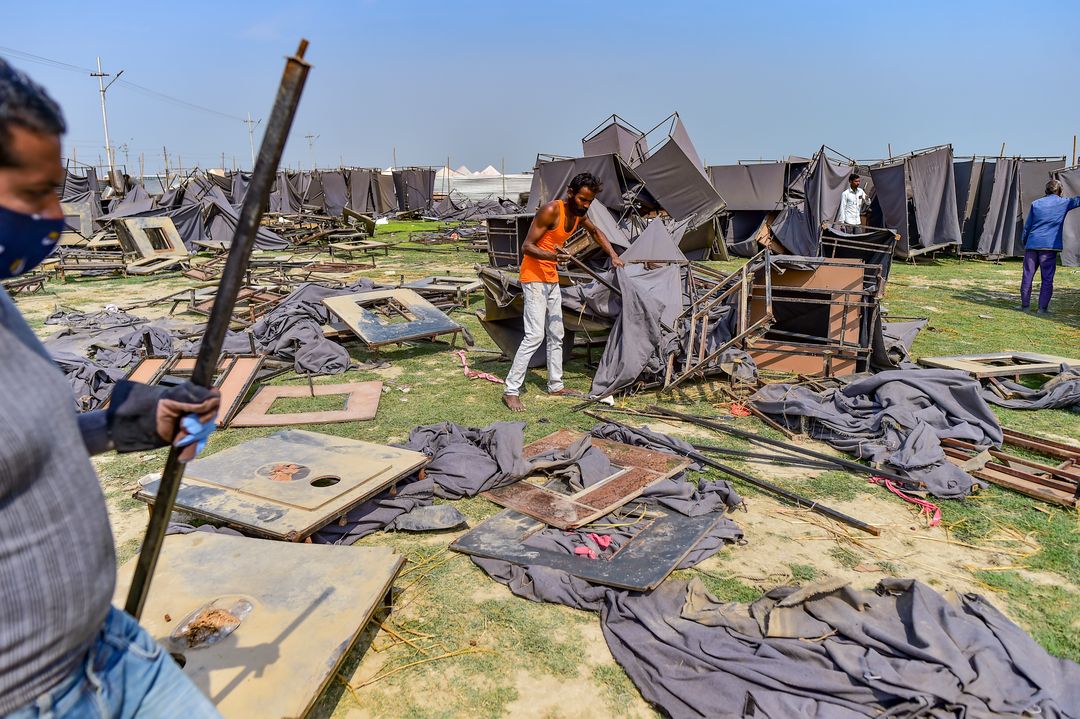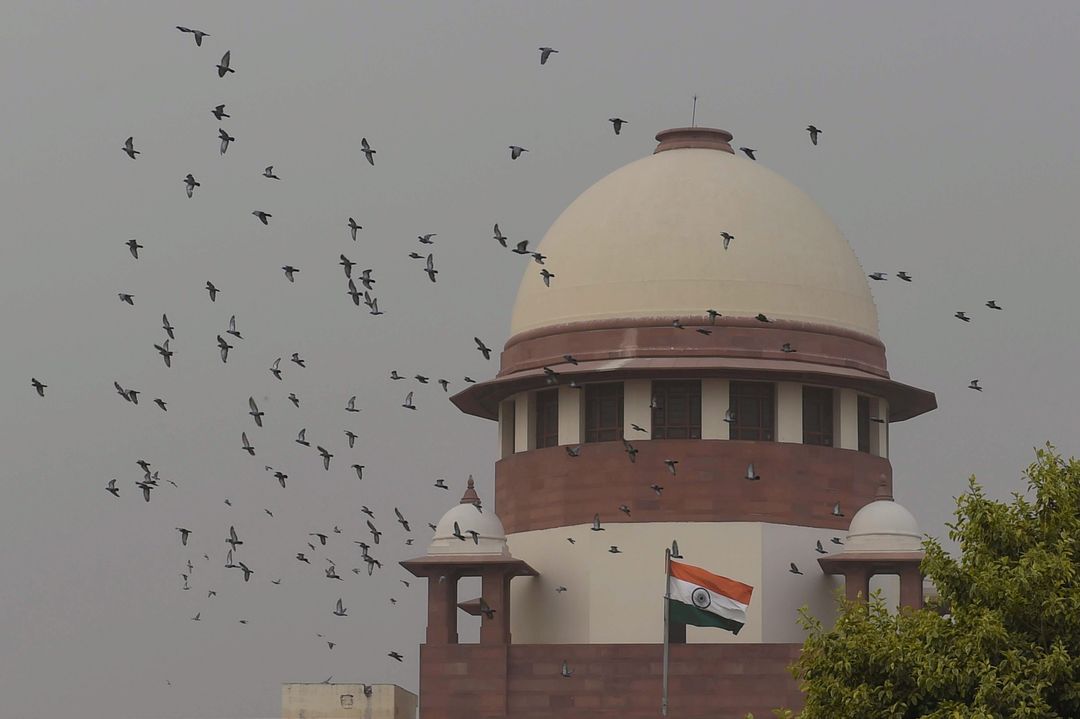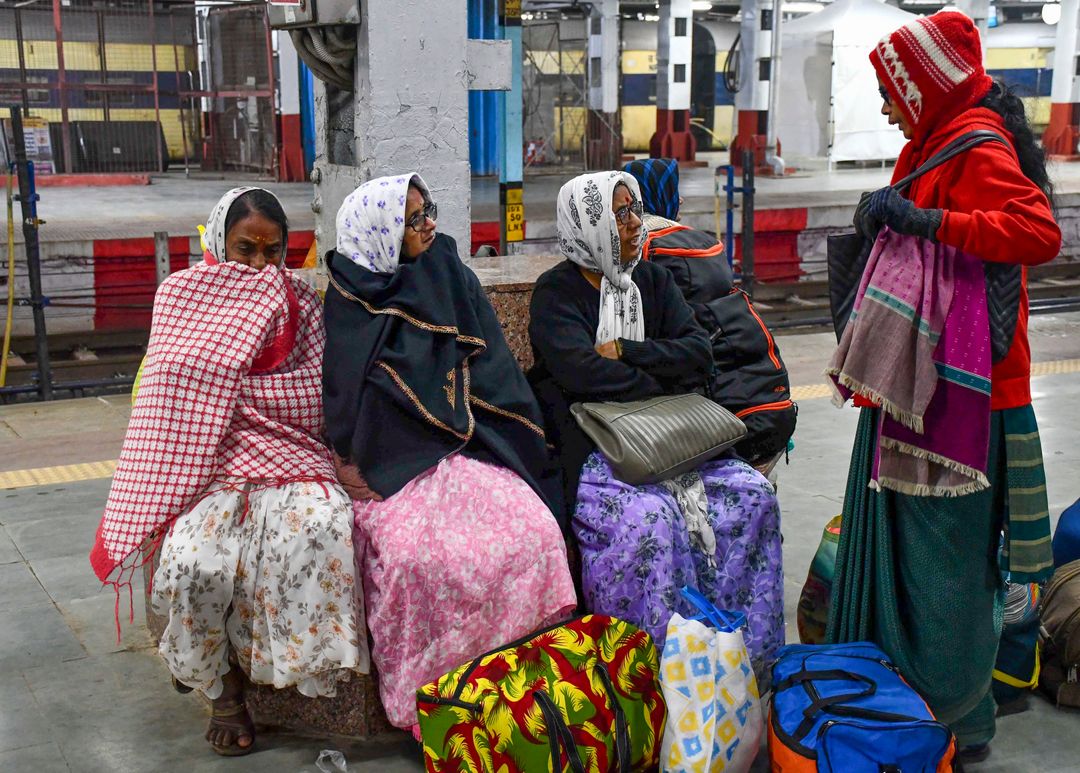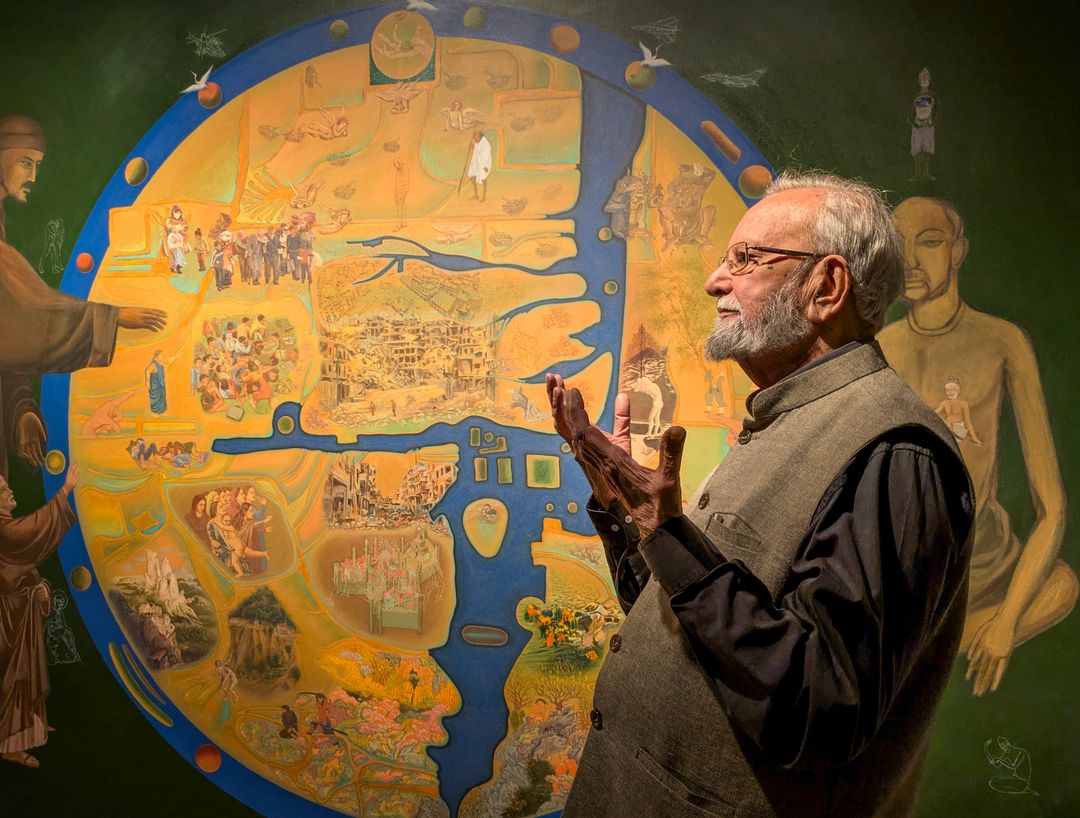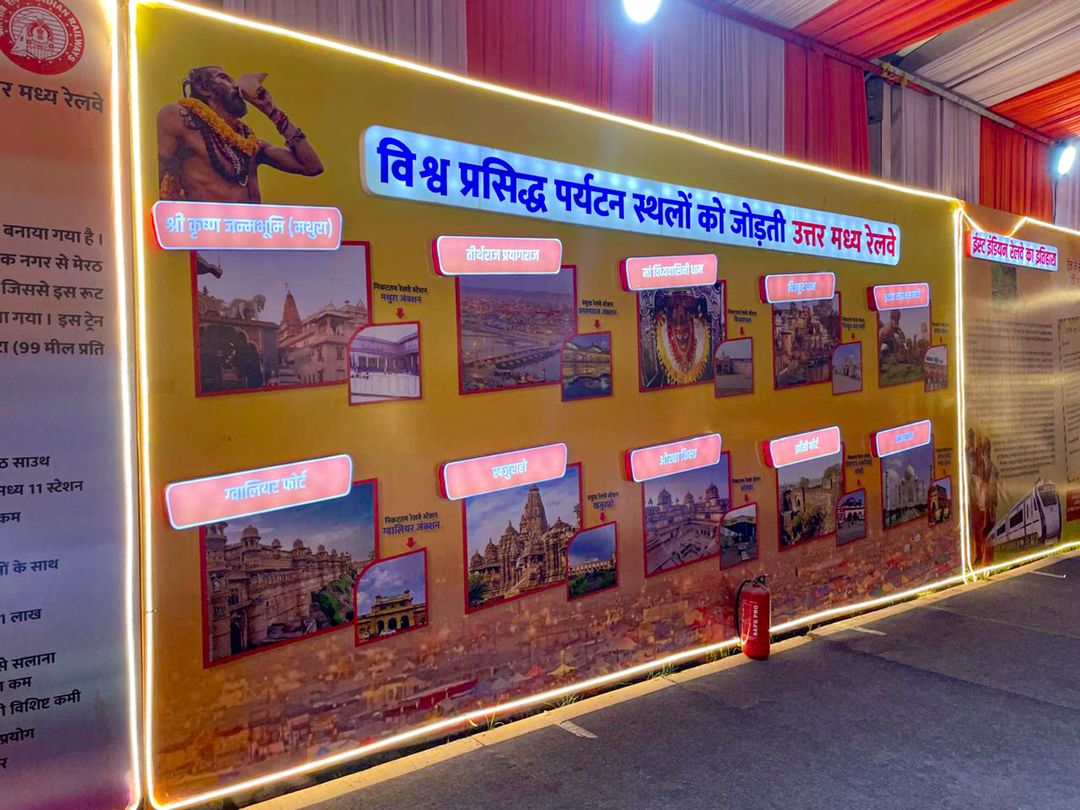
Mahakumbh Nagar, Feb 26 – As the grand Maha Kumbh festival in Prayagraj concluded after six weeks of religious fervor, an exhibition by the Indian Railways displaying rare British-era photographs of old stations, bridges, and past Magh Melas captivated pilgrims and tourists alike.
The railway pavilion, set up along Triveni Marg near the historic Minto Park, not only functioned as a temporary service center for ticket bookings and travel inquiries but also served as a knowledge hub. Pilgrims marveled at rare photographs, including those of the old Allahabad Junction (now Prayagraj Junction), Prayag station from 1908, and Prayagghat station from 1953. These images provided a nostalgic glimpse into the city’s colonial-era railway history.
The old Allahabad Junction, originally built with European architectural influences, underwent major remodifications post-independence to accommodate increasing passenger and pilgrimage traffic. The exhibition also featured archival images of the Magh Mela from 1912 and 1917, illustrating the deep-rooted tradition of these religious gatherings.
A particularly striking photograph depicted the "bridge of boats" at Daraganj in 1917, while another captured the Sujawan Dev Mandir standing in the middle of the Yamuna in 1908. Visitors were also drawn to the rare 1908 images of the Curzon Bridge, showcasing its construction process.
The panel, titled "Bharatiya Rail: Atit ke Jharokhe Se", featured old emblems of the East Indian Railway (EIR) and the Great Indian Peninsular Railway (GIPR), shedding light on the historic railway networks that shaped India’s transportation system before nationalization post-independence.
Pilgrims such as Ganesh Dev, a 22-year-old from Rajasthan, expressed their admiration for the exhibition. "The pavilion has been a great help, not just for railway services but also for the exhibition. These photographs of old stations in Allahabad are truly remarkable," he said.
The Maha Kumbh, which commenced on January 13 (Paush Purnima), witnessed grand processions of Naga Sadhus and three Amrit Snans, drawing a record-breaking 65 crore devotees. However, the festival was also marked by tragedy, as a stampede on Mauni Amavasya claimed at least 30 lives—an eerie reminder of the 1954 Kumbh Mela stampede, which resulted in hundreds of fatalities.
As the festival concluded on Mahashivratri with chants of ‘Har Har Mahadev’ echoing across the Triveni Sangam, lakhs of devotees took their final holy dip before embarking on their return journeys—many carrying with them the memories of the historic railway exhibition, a unique addition to this spiritual spectacle.
Last updated by a enewsx:
